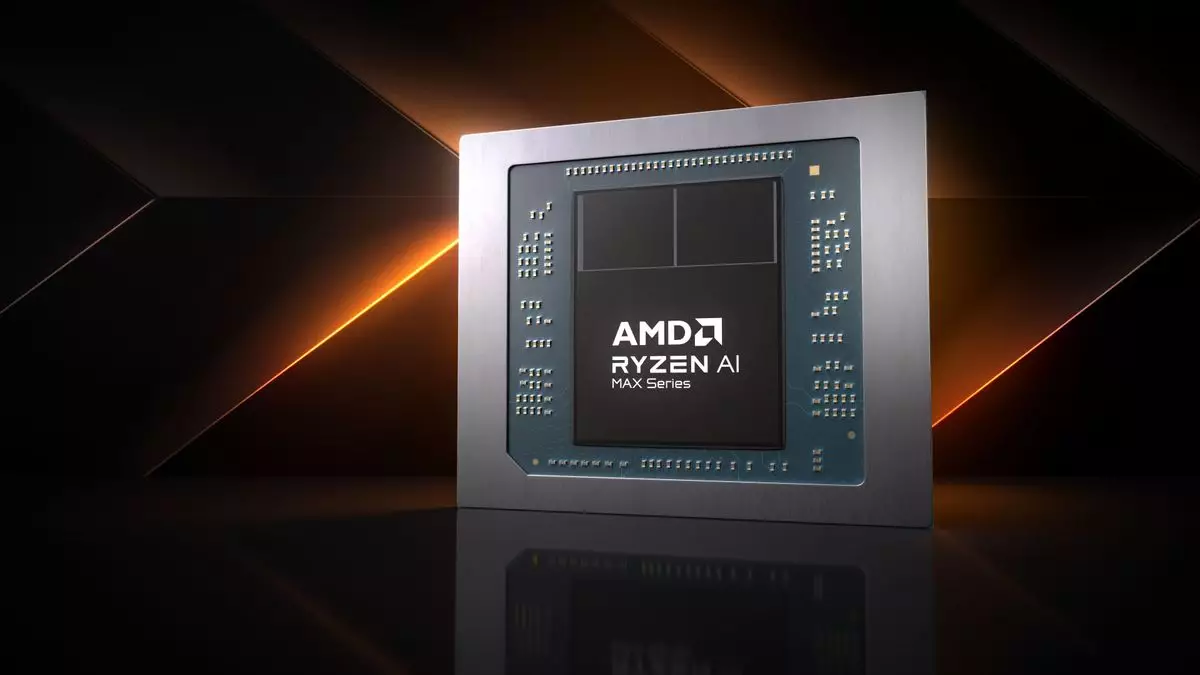The world of gaming and high-performance computing is always on the lookout for the next big innovation, and AMD’s Strix Halo seems to be shaping up as a noteworthy contender. Recently, benchmark results from 3DMark Time Spy have begun to circulate, providing initial insights into the performance capabilities of this APU. However, while the results reveal promising potential, they also raise questions about whether AMD’s expectations align with reality.
The early 3DMark benchmarks indicate that the Strix Halo APU, equipped with what is believed to be the integrated Radeon 8050S GPU, is achieving significant scores: a GPU score of 10,106 and a CPU score of 5,571. These figures place the Strix Halo in an advantageous position compared to its competitors, notably placing it about 2,000 points ahead of the RTX 4050 in laptop configurations, while trailing just slightly behind the RTX 4060. However, it’s crucial to approach these results with caution.
3DMark is indeed a reliable tool for assessing graphical capabilities. Yet, it does not encompass the full spectrum of gaming performance that consumers expect when choosing components for their systems. A diverse range of games and real-world testing scenarios is essential for forming a complete picture. While Strix Halo may shine in synthetic benchmarks, its effectiveness in demanding gaming environments remains to be seen.
AMD has used striking marketing language when positioning the Strix Halo, suggesting that it might rival the performance of an RTX 4070 gaming laptop. Unfortunately, current results imply that the Strix Halo may be falling short of these lofty aspirations, landing instead closer to RTX 4060 performance levels. This discrepancy could impact consumer decisions, particularly for those who anticipated a greater leap in graphics performance with the move to a new APU architecture.
The use of bespoke components in the Strix Halo setup, such as the Zen 5-based CPU CCDs, aims to enhance the efficiency and performance of the chip. Yet, despite AMD’s efforts over multiple revisions to optimize the Strix Halo APU, the benchmarks indicate that the anticipated power and performance breakthroughs may not be as significant as hoped. This reality check is especially important for gamers and creators seeking uncompromising graphics fidelity from their laptops and handheld devices.
One of the compelling features of the Strix Halo design is its potential for power savings, which could translate to increased battery life in gaming laptops. The interconnectivity and architecture improvements that AMD has integrated promise energy efficiency, but this flexibility also brings variability. The configuration of the chip allows for wattage adjustments up to 120W, meaning that depending on the system’s setup, users may experience significant fluctuations in performance.
For prospective buyers, this variability poses a critical question: Will the performance advantages be realized consistently under different gaming loads? The prospect of fluctuating performance based on power settings might not sit well with gamers looking for stable and predictable outcomes during gameplay.
As AMD continues to refine its position in the APU market, the Strix Halo benchmarks reveal both promise and challenges. While it showcases powerful integrated graphics capabilities, the performance results may not fully align with prior expectations. This new architecture introduces nuanced efficiencies, yet the discrepancies between advertised and actual performance levels could affect user perceptions.
While the Strix Halo APU undoubtedly holds potential, its successful adoption in the gaming community will hinge on real-world testing and the ability to deliver stable performance akin to or better than dedicated graphics solutions. As we await further updates and detailed examinations of the Strix Halo’s capabilities in a variety of gaming scenarios, one thing remains clear: AMD’s journey in redefining portable gaming power is only just beginning.

